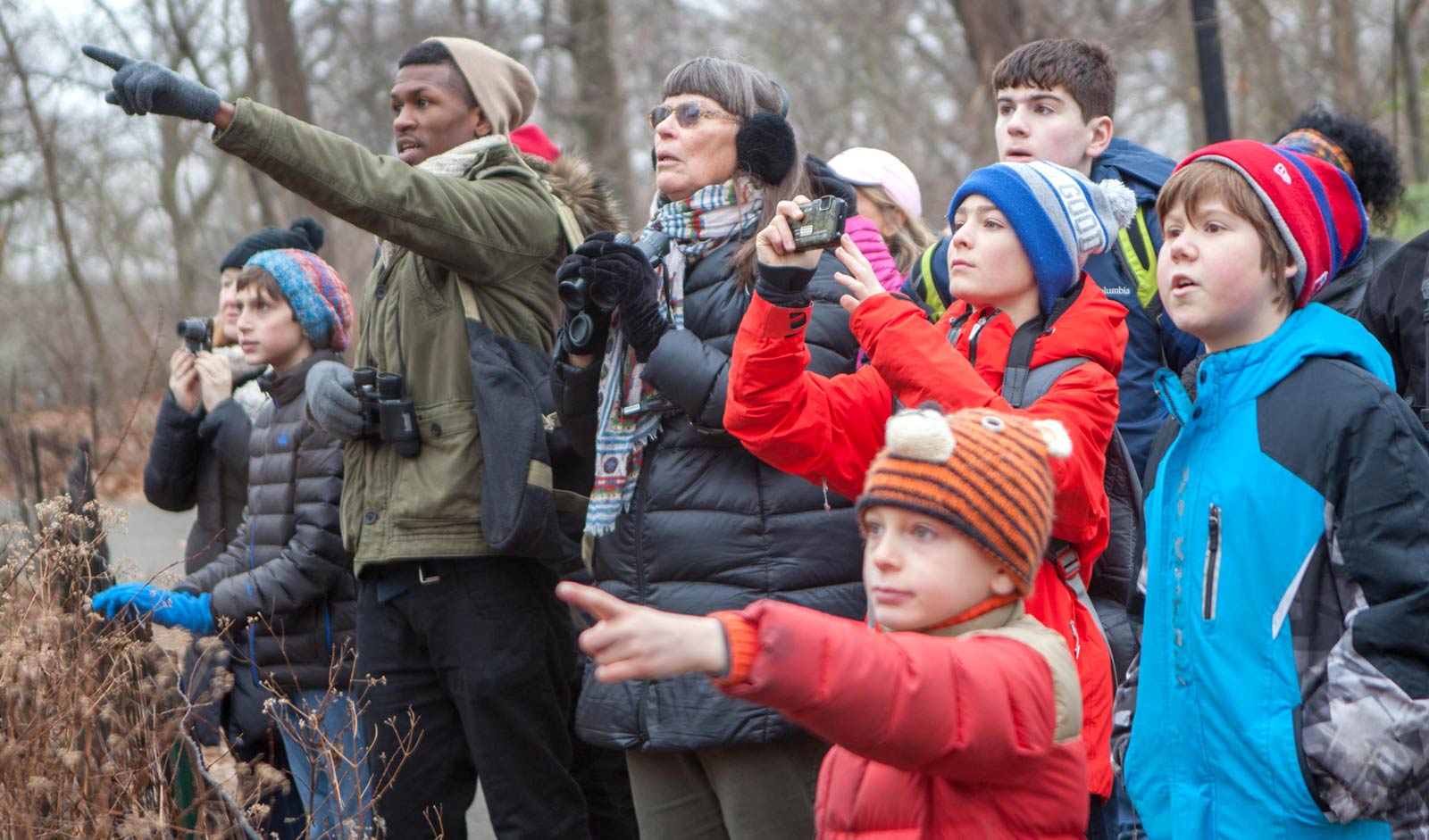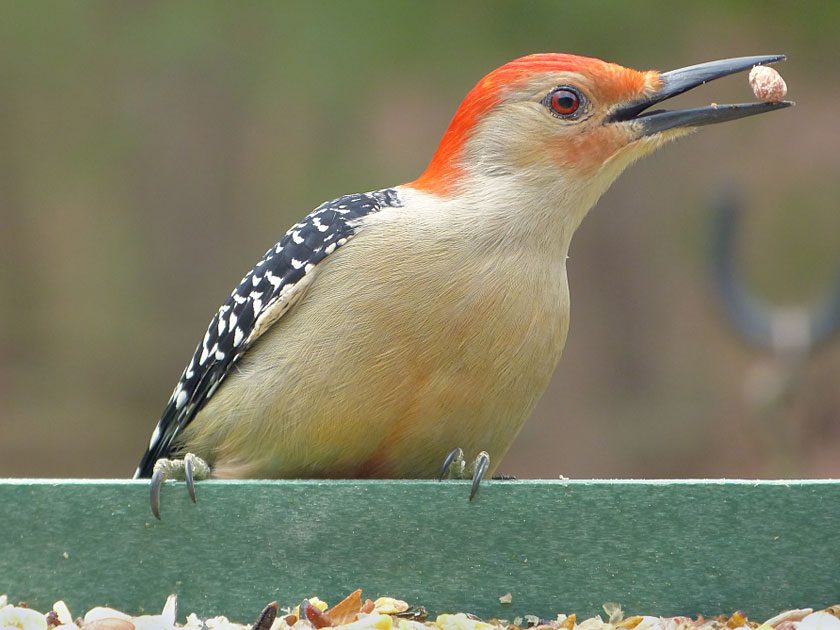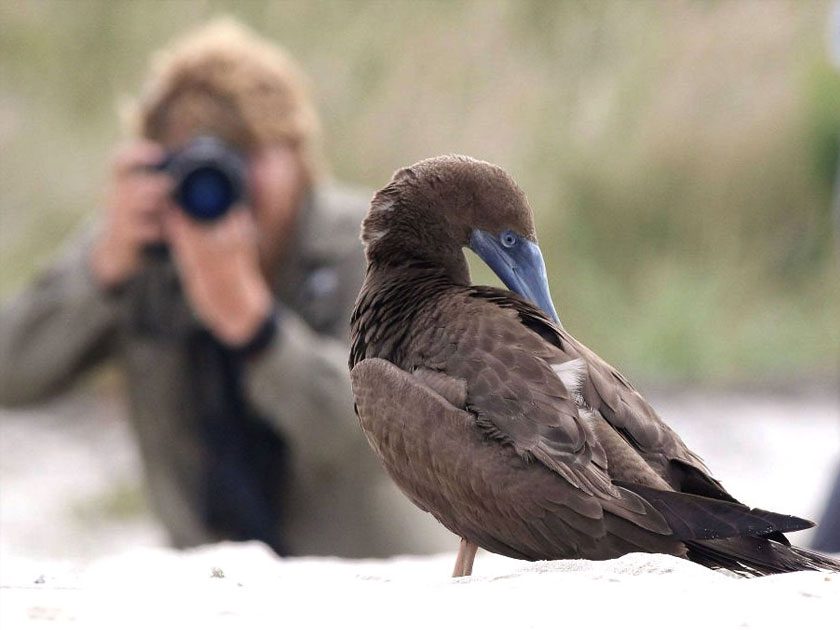Participatory Science: Be Part of Something Bigger

Monitoring birds is an essential part of protecting them. But tracking the health of the world’s 10,000 bird species is an immense challenge. That’s where you come in.
Scientists need hundreds of thousands of people to report what they’re seeing in backyards, neighborhoods, and wild places around the world. No matter what aspect of bird watching you love most, there’s a participatory-science project that needs you.
Whether you want to participate once a year or once a day, here are a few of our favorite projects to get involved with:
Once-a-Year Bird Counts

- Great Backyard Bird Count: A 4-day count held over a long weekend in February. Watch birds in your backyard or anywhere else, and be part of this 20+ year tradition and help provide scientists with a snapshot of bird populations. Participate from anywhere in the world. More about the GBBC.
- Global Big Days: Each year in May and October, tens of thousands of people go birding on a single day and enter their records into eBird. The final tally often exceeds 7,000 species—nearly three-quarters of the world’s bird species in a single day. You can participate from anywhere in the world. More about Global Big Day.
- Christmas Bird Count: The participatory-science project that started it all, more than a century ago. It’s now an event held around the world, involving single-day counts between December 14 and January 5 each season. Birders count every individual bird they see or hear all day, traveling in organized groups that can include both experienced birders and beginners. Chances are there’s a count near you—find out more via Audubon.
Extended Counts

- eBird: Report birds from anywhere, anytime. eBird keeps track of your lists, gives you a place to store photos and sounds, and allows you to share lists with other birders. Its suite of tools also help you find new places to explore and learn where target birds are—all while collecting critical data for science. Learn how to use eBird with our free course or explore eBird on your own.
- Project FeederWatch: For more than 3 decades, FeederWatchers have counted birds at their feeders from November through April. That long-term data helps scientists monitor the abundance and distribution of birds, including changes from habitat, disease, and climate. U.S. and Canada only. Learn more about Project FeederWatch.
- North American Breeding Bird Survey: Begun in 1966, this is the survey that fuels population trend estimates for 420 bird species in the U.S. and Canada. Each year during the height of the breeding season, skilled bird watchers count birds along roadsides. Find out more from the USGS Patuxent Wildlife Research Center and the Canadian Wildlife Service, National Wildlife Research Center.
- International Shorebird Survey. Organized by Manomet, this project involves volunteers counting shorebirds during spring and fall migrations—crucial opportunities during the year to learn about the movements and numbers of these remote-breeding birds. To date the survey has recorded more than 100,000 counts in 47 states as well as in Central and South America. More about the International Shorebird Survey.
Studying Nesting Success
- NestWatch: Help measure nature’s success. Learn how to find and monitor bird nests without disturbing the nesting birds. Then record data on species, eggs, and young. Your contributions help scientists understand how climate change, urbanization, and land use affect breeding birds. U.S. and Canada only. More about NestWatch.
- Nest Quest Go! You can be part of this unique project without even going outside. Our goal is to transcribe nesting details from a trove of more than 300,000 cards dating back to the 1960s. The valuable data they contain will help us understand the historical nesting patterns of North American birds. More about Nest Quest Go!
Nature in Cities and Towns

- Celebrate Urban Birds: Founded in 2007, Celebrate Urban Birds is a year-round project that reaches diverse urban audiences who do not already participate in science. The project has partnered with more than 12,000 community-based organizations, distributed more than 500,000 educational kits, and awarded dozens of mini-grants. Participants count 16 focal bird species, range in age from preschoolers to senior citizens, and often have little or no prior experience with birds. More about Celebrate Urban Birds.
Contributing Photos and Audio
- Macaulay Library: If you take photos of birds or record the sounds they make, you can contribute them to the Macaulay Library and help document the planet’s bird life. The Macaulay Library is a multimedia scientific archive for research, education, and conservation containing more than audio for more than 80% of the world’s birds, and more than 10 million photographs. More about the Macaulay Library.
Join Our Email List
The Cornell Lab will send you updates about birds, birding, and opportunities to help bird conservation. Sign up for email and don’t miss a thing!
Golden-cheeked Warbler by Bryan Calk/Macaulay Library
